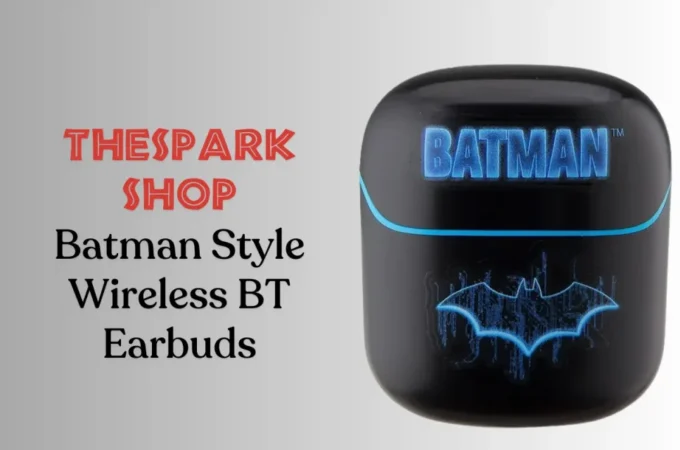
From Fabric to Fashion: Key Steps in Building a Unique Clothing Brand
Did you ever wonder what it really takes to turn a simple idea into a brand that stands out in today’s crowded market? Many aspiring entrepreneurs dream about launching their own label but feel overwhelmed by the steps involved. The good news is, building a fashion brand doesn’t have to remain a dream; with the right guidance, you can transform your concept into a thriving business.
From identifying your niche to building strong supplier relationships and shaping your marketing strategy, every step matters. The journey may seem daunting at first, but once broken down, it becomes far more achievable. Let’s walk through the essential steps that will help you shape a brand that not only looks good but lasts.
Table of Contents
ToggleStep 1: Define Your Brand Identity
Every successful clothing line begins with a clear brand identity. Before designing your first piece, you need to decide who you are as a brand and who you’re speaking to. Ask yourself: what values does your clothing reflect? Is your style minimalistic, bold, eco-friendly, or luxury-driven?
Having a well-defined identity makes it easier to connect with your target audience. It also helps with consistency across your logo, website, social media, and product design. When buyers feel your brand speaks directly to them, they’re more likely to stay loyal.
Step 2: Research Your Market and Competitors
Fashion is competitive, so understanding your market is essential. Study your competitors: what are they doing well, and where do they fall short? Look at pricing, design, and customer engagement strategies. This insight will help you find gaps where your brand can shine.
Don’t overlook your customers either. Conduct surveys, browse social media conversations, and observe buying patterns. The more you know about your target audience, the easier it will be to design products they genuinely want.
Step 3: Plan Your Finances and Startup Costs
Launching a fashion brand requires careful budgeting. Many entrepreneurs underestimate costs, only to face challenges down the road. Start by listing essential expenses such as fabric, production, branding, marketing, and e-commerce setup. Always build in a buffer for unexpected costs.
This is where guidance on a boutique business startup becomes invaluable. Learning how to plan properly ensures you’re not just focusing on design, but also creating a structure that’s financially sustainable. With the right preparation, you can avoid cash flow issues and set realistic goals for growth.
Step 4: Source Materials and Build Supplier Relationships
The quality of your materials often determines the reputation of your brand. Finding reliable suppliers who can deliver consistent quality at reasonable prices is crucial. Whether you’re sourcing organic cotton, high-end silk, or recycled fabrics, make sure your suppliers share your values and meet deadlines.
Strong supplier relationships also give you flexibility as you scale. Being transparent about expectations, timelines, and costs helps build trust, which in turn helps you grow smoothly. Remember: consistent quality creates repeat customers.
Step 5: Design Your Collection with Purpose
Design is where creativity meets strategy. It’s tempting to create pieces you personally love, but the key is balancing personal vision with customer demand. Design with your customer in mind. Think about what they will wear daily, what excites them for special occasions, and how your brand fits into their lifestyle.
Start small with a capsule collection that reflects your brand identity. Fewer, well-thought-out designs are better than a large, scattered collection. This also keeps production costs manageable in the early stages.
Step 6: Build Your Brand Presence Online
Today’s fashion brands thrive online. A sleek website, engaging social media, and authentic storytelling are all must-haves. Make sure your brand visuals are consistent, from your logo and fonts to photography style. Customers should instantly recognize your content across platforms.
Use social media not only to showcase your designs but also to share behind-the-scenes moments, style tips, and customer features. This creates emotional connections that transform buyers into brand advocates.
Step 7: Create a Marketing and Sales Strategy
Even the best designs won’t sell without a clear marketing plan. Identify where your audience spends their time, on Instagram, TikTok, or Pinterest, and tailor content accordingly. Influencer collaborations, pop-up shops, and partnerships can boost visibility in meaningful ways.
Don’t neglect traditional methods. Email marketing, local events, and even word-of-mouth remain powerful tools. A well-rounded approach ensures your brand isn’t relying on one channel for growth.
Step 8: Prepare for Growth and Scaling
Once your brand gains traction, you’ll need to think long-term. Scaling requires new strategies, such as expanding your product line, entering wholesale markets, or collaborating with established retailers. Plan your growth carefully so you don’t stretch resources too thin.
At this stage, reinvesting profits into marketing, technology, and staff can help you grow sustainably. Remember, building a unique clothing brand is a marathon, not a sprint—consistency matters more than overnight success.
Conclusion: Turning Ideas into Impact
Creating a clothing brand is more than just sketching designs; it’s about building a business with identity, strategy, and purpose. By defining your vision, researching your market, planning finances, and developing strong relationships, you set the foundation for success. Adding thoughtful design, digital presence, and smart marketing ensures your brand stands out in a competitive industry.


